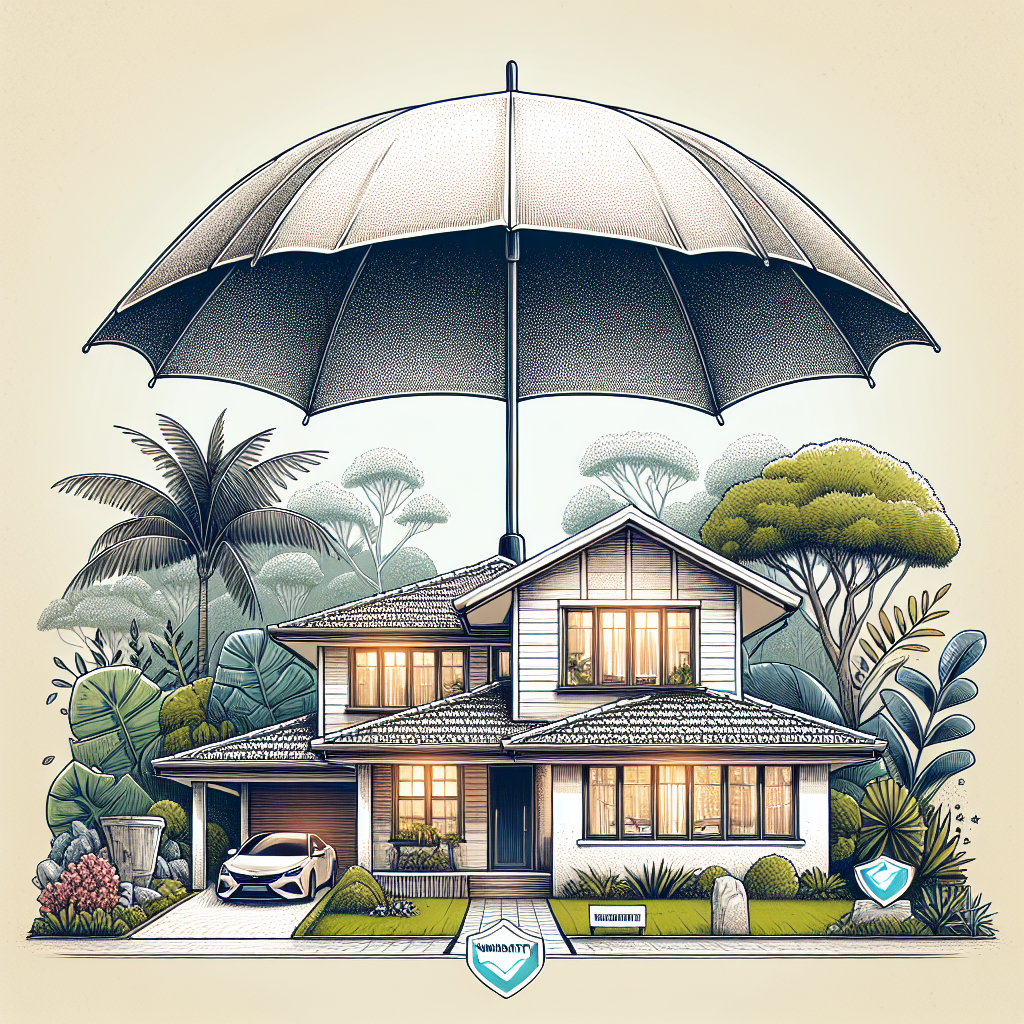Filed under Home Insurance on
DIY Home Insurance Self Inspection Guide

In today's dynamic world, having a robust home insurance policy is a crucial safeguard for any homeowner. However, the consistent upkeep and understanding of what's covered under your policy can be quite a task. A DIY home insurance self-inspection offers a practical approach to ensuring you're adequately covered while helping identify potential issues before they escalate. This guide will walk you through the steps of conducting your own home insurance inspection, providing valuable insights to ensure your property remains a well-protected haven.
Understanding the Importance of a DIY Home Insurance Self Inspection
A DIY home insurance self-inspection serves as a preventive measure that benefits both the homeowner and the insurer. Regular inspections can unearth hidden issues that, if left unattended, might lead to costly claims. Moreover, familiarizing yourself with the intricacies of your property empowers you to negotiate better terms with your insurer, possibly leading to reduced premiums.
Industry trends indicate a growing preference for homeowners to conduct these inspections, aligning with the increasing emphasis on proactive home maintenance. Engaging in a home insurance self-inspection not only underscores your responsibility as a property owner but also enhances your peace of mind knowing that your home is secure and well-maintained.
Getting Started: Tools and Preparations
Start your DIY home insurance self-inspection by assembling the right tools. Basic items such as a camera or smartphone, flashlight, notepad, measuring tape, and moisture meter are essential. These will assist you in documenting findings accurately, which is crucial when updating your insurer about the condition of your home.
Before commencing, thoroughly review your home insurance policy. This will familiarize you with the specific areas your insurer emphasizes and highlight the features you need to inspect closely. Knowing these details can make your DIY home inspection more targeted and effective, ensuring you cover all bases your insurer might consider during official evaluations.
Exterior Inspection: Safeguarding the Outside
Roof and Gutters
Begin your inspection by examining the roof. Check for missing or damaged shingles which can lead to leaks and water damage. Gutters should be clear of debris; clogged gutters can cause water backup, leading to roof damage and compromised structural integrity.
Siding and Foundation
Next, take a close look at the siding of your home for any warping, cracks, or rot. The foundation should also be free from cracks, as these might signal underlying issues that could jeopardize the structural soundness of your home. Taking photographs of any problematic areas will provide tangible evidence when discussing issues with your insurer.
Landscaping and Trees
Inspect the surrounding landscaping for proper drainage and overgrown trees. Overhanging branches might damage your roof during a storm, while poor drainage can lead to water pooling, causing erosion or water damage to your foundation. Address these issues promptly to prevent potential hazards.
Interior Inspection: Ensuring a Safe Living Environment
Walls and Ceilings
Move inside your home and inspect walls and ceilings for signs of moisture such as water stains or peeling paint. These indicators suggest possible leaks or inadequate ventilation, issues that should be repaired to prevent mold growth and further damage.
Plumbing and Fixtures
Check all visible plumbing, including pipes under sinks and in basements, for leaks or corrosion. Ensure that fixtures are firmly installed and demonstrate no signs of leakage. Functional plumbing is not just about convenience but is pivotal in averting water damage to your property.
Electrical System
Inspect the condition of your electrical outlets and wiring. Flickering lights or persistent circuit breaker trips are red flags and should be addressed by a professional electrician. Ensuring your electrical system is in good working order can prevent fire hazards and other electrical failures.
Safety Features: Prioritizing Protection and Prevention
Fire Safety
Evaluate your smoke detectors and fire extinguishers. Ensure smoke detectors are operational by conducting regular tests and replacing batteries annually. Confirm that fire extinguishers are easily accessible and not expired, providing an essential line of defense in an emergency.
Security Measures
Your home’s security system should be up-to-date and functional. Test security cameras, alarms, and locks to ensure they are providing effective protection against break-ins. Keeping your home secure can significantly influence your insurance premiums, as many insurers offer discounts for homes equipped with comprehensive security systems.
Documenting and Reporting Your Findings
Meticulously document your inspection findings. Use your smartphone or camera to take clear pictures of any issues encountered during your DIY home insurance self-inspection. Create a detailed report outlining each problem area, supported by photographs and notes on the potential risks or required repairs.
Once you have compiled your inspection report, reach out to your insurance provider to discuss any necessary updates to your policy. Your proactive approach demonstrates responsible homeownership and can pave the way for beneficial changes in your coverage or premiums.
When to Seek Professional Help
Despite the thorough nature of your DIY home insurance self-inspection, some issues may require expertise beyond general home maintenance. Structural concerns, extensive electrical faults, or significant plumbing issues necessitate professional evaluations. Consulting professionals ensures that your repairs meet industry standards, thereby preserving the safety and value of your property.
Conclusion
A DIY home insurance self-inspection is a powerful tool in maintaining the health and safety of your property. By systematically examining and addressing potential issues, you not only uphold the integrity of your home but also cultivate a strong relationship with your insurer. Embrace this initiative, and you'll not only gain confidence in your home's condition but potentially unlock financial benefits through proactive care and informed communication with your insurance provider.





